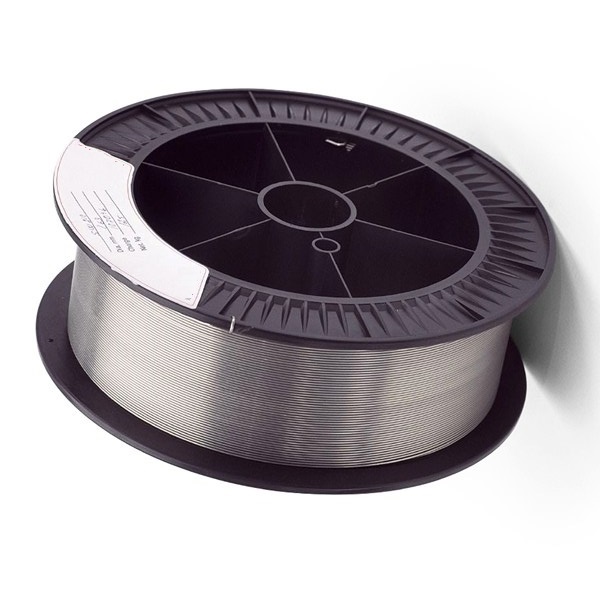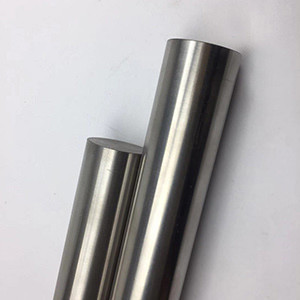Hafnium Wires Description
Hafnium (Hf) is a shiny/silvery and ductile metal that is corrosion-resistant and chemically similar to the zirconium. It is an important material in the atomic energy industry and it can be used as the cathode of the X-ray tube in the electrical industry. Hafnium wire is drawn from high-purity hafnium metal. As hafnium has a great ability to shed electrons into the air and has a high melting point,The main industrial application of hafnium wire is as a plasma emitter for plasma cutting machine electrodes. Hafnium can also be used as the adding elements in heat-resistant alloys, such as tungsten, molybdenum and tantalum alloys. We can offer the hafnium wire (Hf Wire) with various dimensions.
Hafnium Wire has good corrosion resistance and high strength. Hafnium is a silvery ductile metal. It has almost the same chemical properties as zirconium, including corrosion-resistant. As hafnium has a great ability to shed electrons into the air and has a high melting point, it is the crucial component of the electrode in plasma cutting. Thus hafnium wire became an important consumption for metal fabrication industries. High purity hafnium wire has better durability in plasma cutting and a reliable source for low-cost high purity hafnium is important to make competitive plasma cutting electrodes.
Hafnium Wires Specification
Material: Hf+Zr>99.95%, Zr<1%
Standard: ASTM B 737
Dimensions: Diameter 0.2-10mm
Chemical Composition: Hf+Zr>99.95%
Production Process of Hafnium Wire
Hafnium wire is produced by electron beam melting of Hafnium crystal rods into ingots, followed by forging, rolling, and drawing processes.
In nature, Hafnium does not exist independently, it is always found in association with Zirconium. The Hafnium content coexisting in Zirconium minerals generally ranges from 1% to 2% of Zirconium, with only a few minerals containing up to 5% Hafnium. The complex and limited production process makes Hafnium a truly rare metal.
Hafnium Wires Applications
Hafnium has a strong ability to capture the neutron, making it a great material for controlling rods in nuclear reactors. and the nuclear industry roughly consumes half of the Hf produced every year. Hafnium is also used as an additive to alloys. Recently, scientists at Intel and IBM found hafnium-based compounds can be applied in gate insulators to make the processors even smaller.
Used for producing super alloys
Used as solder
Used as a plasma emitter in plasma cutting
Used in plasma cutting electrode (Cutted hafnium wire could be insert into copper parts to make a cutting tip for the plasma cuter.)
Recently, scientists at Intel and IBM found hafnium-based compounds can be applied in gate insulators to make the processors even smaller.
Hafnium Wire and Plasma Cutting
Plasma cutting is a machining method that utilizes the heat of a high-temperature plasma arc to locally melt (and evaporate) the metal at the cutting edge of the workpiece, and uses the momentum of high-speed plasma to remove the molten metal to form the cut.Its main advantages lie in the fast cutting speed when cutting thin metal, especially when cutting thin carbon steel sheets, the speed can reach 5 to 6 times that of oxygen cutting, with a smooth cutting surface, minimal thermal deformation, and almost no heat-affected zone.
The main consumable in plasma cutting is the electrode, and the core of the electrode is the Hafnium wire embedded in the copper base. The quality of Hafnium wire directly affects the lifespan of the electrode
Hafnium wire plays a vital role in the efficiency and effectiveness of plasma cutting processes. Its exceptional properties make it a preferred material for constructing plasma emitter electrodes, ensuring precise and durable cuts in various industrial applications.


